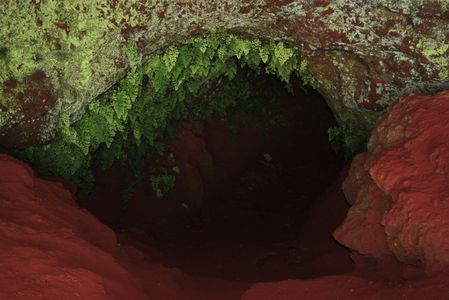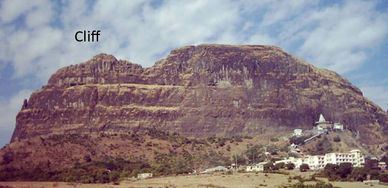Constructing knowledge on Rock Outcrops
Biodiversity and Ecosystem Services
Elements of biodiversity
Flora
Microhabitats
Flora

Vegetation is generally dominated by ephemeral herbs and geophytes. Cryptogamic vegetation is widespread.
Fauna
Microhabitats
Flora

A diversity of invertebrates, amphibians and reptiles are common on outcrops especially in monsoon period. Some adopt strategies to avoid desiccation in dry period.
Microhabitats
Microhabitats
Adaptive strategies

Each outcrop type has a diversity of "microhabitats". They differ mainly with respect to soil type, depth and moisture and each has its specific vegetation.
Adaptive strategies
Adaptive strategies
Adaptive strategies
Plants and animals show peculiar adaptive strategies to survive on outcrops. Carnivory, desiccation tolerance, mat-forming ability are some of them.
Ecosystem services
Adaptive strategies
Ecosystem services

Outcrops provide diversity of ecosystem services to humans. They have played an important role in the development of human civilizations
Microhabitats

Cryptogamic crust
Most outcrops have a continuous layer of cryptogamic vegetation (with cyanobacteria, lichens, mossess) which supports other vegetation

Rock pools
Depressions of various sizes filled with water either seasonally or permanently are common on outcrops.
They have hydrophytic vegetation.
Ephemeral Flush Vegetation
EFV is seen in slightly sloping areas where water continuously seeps through. The characteristic vegetation includes bladderworts and Eriocaulons.

Rock Crevice
Crevices in the rocks could be very deep and are rich in humus and soil. They offer safe sites for many geophytes and perennial herbs.

Caves
Some outcrops have deep caves inhabited by special flora and fauna. Lateritic and limestone areas have deep caves formed due to weathering.

Shallow Depressions
Shallow Depressions filled with soil are rich in species of Poaceae, Asteraceae, Balsaminaceae, Commelinaceae etc.

Monocot Mats
Mat-forming desiccation tolerant Tripogon (Poaceae) are seen on inselbergs and cliffs. The roots are closely interwoven into a mat, which can be easily lifted up.

Tree cover
Low stunted tree and shrub cover is seen in areas of deep soil on the outcrops. Generally it has species similar to the adjacent forest and scrub areas.
Rock outcrops and humans
Cultural services Petroglyphs
Provisioning services Waterbodies
Cultural services Petroglyphs

Recent evidence of prehistoric petroglyphs and rock art in India indicates that humans have inhabited rock outcrop areas for several centuries. Ex. Bhimbetka, Konkan petroglyphs.
Cultural Services Shrines
Provisioning services Waterbodies
Cultural services Petroglyphs

Many outcrops have small or large shrines and places of worship. Myths, anecdotes and stories that explain the strange and bizarre rock shapes are passed through traditional knowledge.
Recreational services Tourism
Supporting services Pollinator
Provisioning services Waterbodies

Outcrops are often places of landscape tourism, wildflower tourism, recreational or adventure tourism.
Supporting services Pollinator
Supporting services Pollinator
Supporting services Pollinator
Mass blooming of flowers on outcrops supports pollinators. The same pollinators help pollination of crops and orchards.
Supporting services Nutrients
Supporting services Pollinator
Supporting services Pollinator

Apart from water, outcrops are known to function as catchments for nutrients. The nutrients fixed by vegetation are washed into soil in the surrounding area.
Adaptive strategies
Dessication tolerance: Drying without dying (Ferns )
Copyright © 2018 Rock Outcrops of India - All Rights Reserved.
Powered by GoDaddy